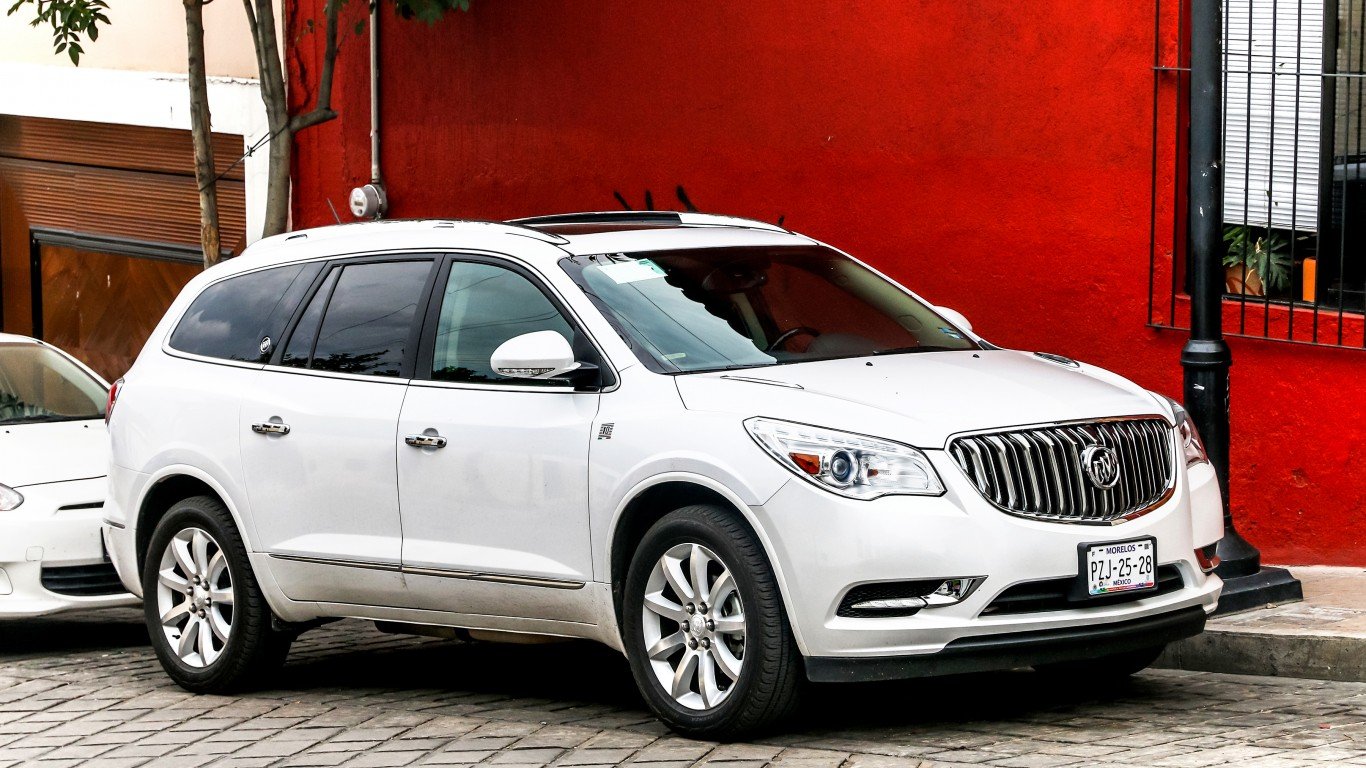The ACEA, an automobile manufacturer’s association that represents the 15 Europe-based vehicle makers, said on Tuesday that the demand for new passenger cars in the 28-nation European Union increased for the fifth consecutive month. Registrations rose 5.5% from the year-ago period to 935,640 in January, but that was the second lowest result to date for that month. Source: Thinkstock
Source: Thinkstock
Most individual markets in the EU posted growth in vehicle registrations last month. The United Kingdom and Spain each saw a 7.6% gain in registrations. They were up 7.2% in Germany, 3.2% in Italy and just 0.5% in France. Ireland and Portugal saw the largest upswings, while demand for new passenger cars shrank in Austria, Belgium and the Netherlands.
Volkswagen continued to have the largest share by far, posting 25.4%, up from 24.6% in January of 2013. Ford Motor Co. (NYSE: F) saw a 9.5% gain in the number of registrations, to garner a 7.0% share. General Motors Co. (NYSE: GM) and Fiat continued to struggle in Europe, as the number of registrations for each dropped — 5.3% for GM and 2.1% for Fiat. They had market shares of 6.9% and 6.3%, respectively, in January of 2014. Toyota Motor Corp. (NYSE: TM) saw a 16.8% year-on-year gain in registrations, but its 4.7% share put it in ninth place, behind BMW and Daimler, but ahead of Nissan and Hyundai.
GM has lost billions of dollars in Europe in the past two decades, and that has become a permanent drag on the company’s earnings. But GM and its new CEO Mary Barra have very few options for cost cutting there, as unions and national governments often block full-scale restructuring by preventing mass layoffs. GM has been able to cut small amounts of its capacity, but not enough to balance plunging sales. And those sales are at the core of GM’s European problem.
Take This Retirement Quiz To Get Matched With A Financial Advisor (Sponsored)
Take the quiz below to get matched with a financial advisor today.
Each advisor has been vetted by SmartAsset and is held to a fiduciary standard to act in your best interests.
Here’s how it works:
1. Answer SmartAsset advisor match quiz
2. Review your pre-screened matches at your leisure. Check out the
advisors’ profiles.
3. Speak with advisors at no cost to you. Have an introductory call on the phone or introduction in person and choose whom to work with in the future
Take the retirement quiz right here.
Thank you for reading! Have some feedback for us?
Contact the 24/7 Wall St. editorial team.



